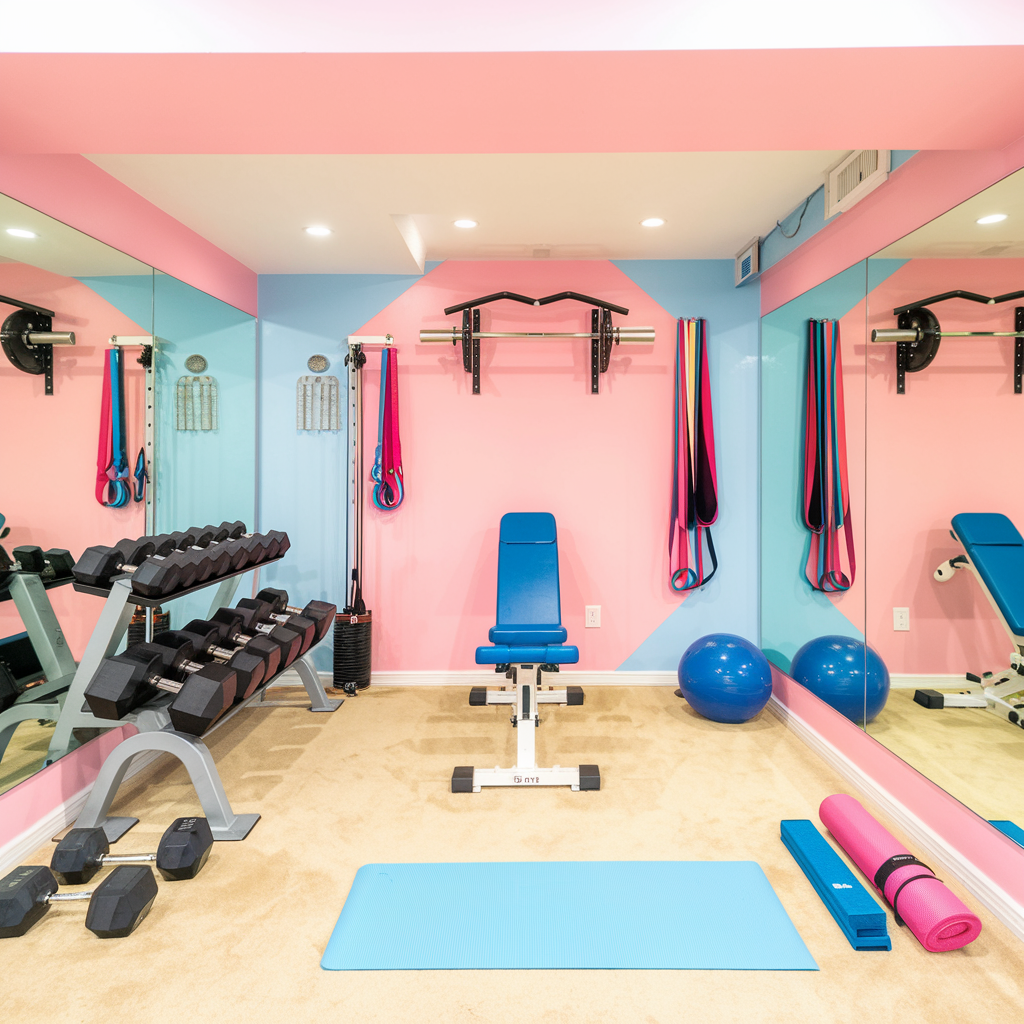How to Tell If You’re Actually Hungry (or Just Bored)
We’ve all been there. One minute, you’re casually scrolling through Netflix, and the next, you’re knee-deep in a bag of chips, wondering how you got there.
Was it hunger? Was it boredom? Was it the seductive sound of a snack calling your name from the pantry?
The struggle is real. But here’s the truth: many of us eat not because we’re actually hungry, but because we’re bored, stressed, or just looking for a distraction. The good news? You can learn to tell the difference—which means you can stop mindlessly snacking and start eating in a way that actually fuels your body (without the guilt of inhaling a family-sized bag of popcorn on a Tuesday afternoon).
So, let’s break it down: Are you actually hungry, or are you just bored? Here’s how to tell—and what to do about it.
1. The Hunger Scale Test
Before you grab a snack, take a second to assess your hunger levels on a scale of 1 to 10.
- 1-2: Starving. You’re ready to eat your own arm.
- 3-4: Hungry. You could definitely eat, but you’re not desperate yet.
- 5-6: Neutral. You’re not really hungry, but not full either.
- 7-8: Slightly full. You just ate, but could still nibble (even though you don’t need to).
- 9-10: Overstuffed. Thanksgiving dinner levels of full.
If you’re in the 3-4 range, you’re probably actually hungry. If you’re hovering around a 5 or higher, you’re likely just looking for something to do.
What to Do Instead of Snacking
- If you’re truly hungry (3-4 range), go ahead and eat—but choose something filling, like protein and fiber, instead of mindless junk food.
- If you’re not hungry but just looking for entertainment, find something else to do for 10 minutes before deciding to eat. (Spoiler alert: You might forget about the snack entirely.)
2. Is Your Stomach Talking, or Is It Just Your Brain?
Real hunger is a full-body experience—it doesn’t just happen in your mind.
Signs of Actual Hunger:
✔ Your stomach is growling or feels empty.
✔ You feel low-energy, lightheaded, or even a little irritable (hello, hanger).
✔ The idea of a real meal—like chicken and veggies—sounds good.
Signs of Boredom Eating:
✖ You just ate not long ago, but suddenly feel like snacking.
✖ You’re craving something specific (usually salty, sweet, or crunchy).
✖ The idea of eating actual food (like a grilled chicken salad) doesn’t appeal to you, but ice cream does.
Bottom line: If you’d eat a plate of veggies and protein, you’re probably hungry. If only cookies sound appealing, you’re just looking for entertainment.
3. Check the Clock: Is It a Meal or a Habit?
Sometimes, we eat not because we’re hungry, but because it’s just “time to eat.”
Do you ever find yourself reaching for a snack at the same time every day, even when you’re not hungry? That’s habit hunger, not real hunger.
How to Break Habit Eating:
- If it’s been less than 2-3 hours since your last meal and you’re already “hungry,” pause and reassess.
- Ask yourself, “Would I eat a boring snack, like plain veggies, right now?” If the answer is no, you’re not actually hungry.
- If you realize it’s just a habit, do something else for 10-15 minutes before deciding whether you need to eat.
This simple habit of delaying food for a few minutes can help break automatic snacking patterns.
4. The Emotional Eating Check-In
Eating isn’t just about hunger—it’s also emotional comfort.
Ever had one of these thoughts?
✔ “I’ve had a stressful day; I deserve a treat.”
✔ “I’m feeling overwhelmed, so I need chocolate.”
✔ “I’m just feeling blah… maybe food will make me feel better.”
That’s emotional hunger, not physical hunger. The tricky part? Food does make us feel better—for about five minutes. Then we feel sluggish, guilty, or even more stressed.
How to Handle Emotional Eating:
- Recognize the trigger—what are you feeling? Stress, boredom, frustration?
- Find a non-food way to cope—call a friend, take a walk, or listen to music.
- Pause before eating—give yourself a moment to decide if food is really what you need.
Food can’t fix emotions—it just distracts from them temporarily. The more you practice identifying your emotions before eating, the easier it gets.
5. Are You Eating Just Because It’s There?
Sometimes, we eat not because we’re hungry, but because food is just conveniently in front of us.
Ever been at a party where a tray of appetizers magically disappears into your mouth before you even realize what happened?
Or maybe you walk past your kitchen, see an open bag of chips, and grab a handful without even thinking.
How to Avoid Eating Just Because It’s There:
- Make unhealthy snacks less visible—keep them in the back of the pantry instead of on the counter.
- Create a “snack-free zone” in the house—don’t keep food in easy reach if you’re prone to grabbing it mindlessly.
- Ask yourself: “Did I actually plan to eat this?” If not, put it down and walk away.
If food is too easy to grab, you’re more likely to eat it without even realizing it.
6. The “Wait 10 Minutes” Rule
If you’re not sure if you’re really hungry, use the 10-minute rule.
Before grabbing a snack, set a timer for 10 minutes and do something else—walk around, drink water, scroll on your phone (productively, of course).
If after 10 minutes you’re still hungry, go ahead and eat. But most of the time, the craving will pass.
Why This Works:
- Gives your body time to send actual hunger signals if you really need food.
- Helps you break the automatic snacking habit.
- Distracts you long enough that boredom cravings often disappear.
This is one of the simplest but most effective tricks to stop unnecessary snacking.
7. Make Sure You’re Actually Eating Enough at Meals
One reason you might find yourself constantly “hungry” throughout the day? You’re not eating enough at meals.
If you’re skipping meals, eating tiny portions, or trying to survive on just a salad, your body is going to demand food later.
How to Prevent Constant Hunger:
- Eat balanced meals with protein, fiber, and healthy fats.
- Don’t skip meals or go too long without eating.
- Make meals satisfying so you don’t feel deprived.
If you’re constantly snacking because your meals aren’t filling enough, fixing your meals is the real solution.
Final Thoughts
Knowing the difference between real hunger and boredom eating is a game-changer.
Here’s a quick recap:
- Use the Hunger Scale to check where you are before eating.
- If you wouldn’t eat a full meal, you’re probably not hungry.
- Ask yourself if your stomach is actually growling or if food just sounds good.
- Watch out for habit eating—just because it’s “time to eat” doesn’t mean you need to.
- Check in with your emotions—are you eating because you’re stressed, sad, or overwhelmed?
- Make sure you’re actually eating enough at meals so you’re not constantly grazing.
- Use the 10-minute rule to see if cravings pass before reaching for a snack.
The goal isn’t to never snack again—it’s to become more aware of why you’re eating so you can make choices that actually support your goals.
So next time you find yourself reaching for a snack, pause and ask yourself—am I really hungry, or am I just looking for something to do?
Chances are, you might just need a distraction—not a snack.
What’s your go-to boredom snack? Let me know in the comments!






